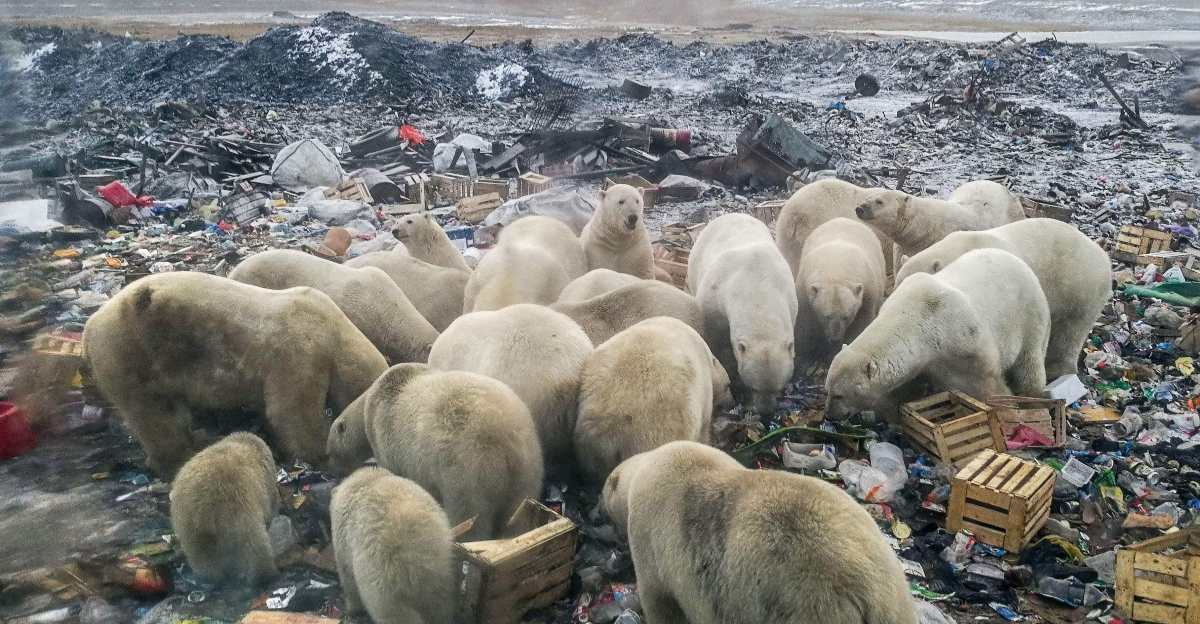
A report by the World Meteorological Organization (WMO) called the State of the Global Climate paints a disturbing picture of the escalating impacts of climate change. Released on March 19, 2024, the report finds that 2023 broke numerous climate records, including greenhouse gas levels, ocean heat, and glacier retreat. With the world on the brink of the critical 34,7°F threshold identified in the Paris Agreement, the findings underline the desperate need for radical climate action. It also highlights that the costs of inaction far exceed the investments needed to reduce these impacts.
Record-Breaking Temperatures

The report also declared 2023 to be the hottest year on record, with global near-surface temperatures averaging 34,7°F above pre-industrial levels. This marks not only a single-year anomaly, but also the warmest decade in recorded history. Celeste Saulo, secretary-general of the WMO, warned that humanity is dangerously close to surpassing the Paris Agreement’s lower limit of 34,7°F.
Ocean Heat and Acidification

Oceans absorbed much of this heat, with more than 90% experiencing marine heatwave conditions at some point in 2023. These heatwaves caused disturbances in marine ecosystems, threatening biodiversity and food security. Moreover, as more CO2 was absorbed, ocean acidification intensified, posing further threats to coral reef systems and shellfish populations.
Antarctic Ice Loss and Glacier Retreat

Glaciers around the world experienced their largest ice losses since 1950, with meltwater, which is vital to freshwater resources, disappearing rapidly. At the same time, the Antarctic sea ice extent reached a record low, losing an area the size of France and Germany combined. These changes exacerbate rising sea levels and disrupt weather patterns around the world.
Rising Sea Levels

Sea levels reached new record highs in 2023, driven by thermal expansion and ice melt. This trend raises flood risks for coastal settlements around the world and endangers low-lying countries with inundation, displacement, and economic loss.
Extreme Weather Events
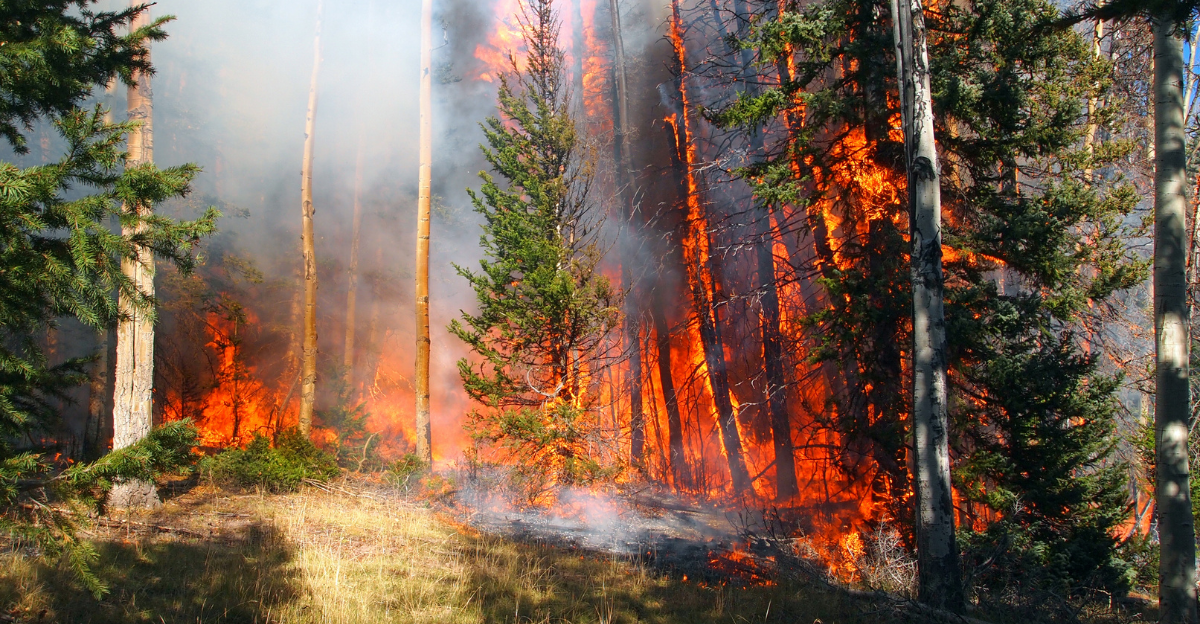
Heatwaves, floods, droughts, wildfires, and cyclones became more frequent and more severe. These events carved destruction across continents, costing billions to the global economy and displacing millions from their homes.
Impacts on Wildlife
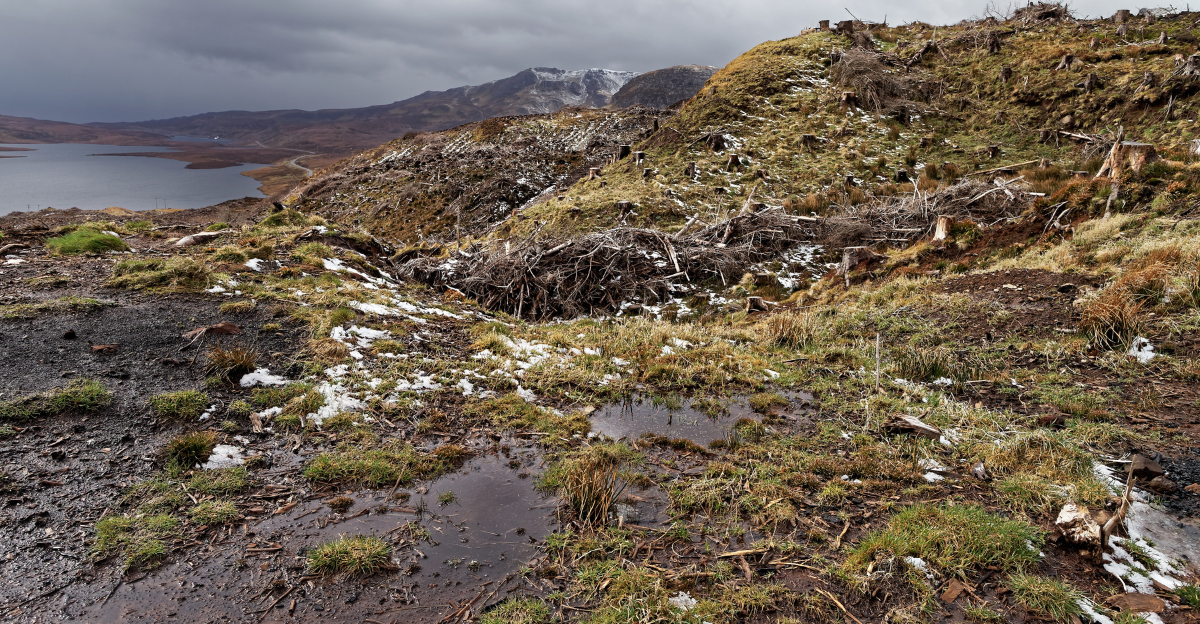
Extreme weather is devastating wildlife in many regions of the world. Marine heatwaves are bleaching coral reefs and changing the patterns of fish migration, while glacier retreat is putting freshwater species that rely on meltwater flows at risk. On land, habitat destruction from wildfires and droughts accelerates biodiversity loss, pushing many species closer to extinction.
Food Insecurity and Vulnerable Populations

The report connects extreme weather to worsening global food insecurity as crops fail under adverse conditions like droughts and floods. Vulnerable populations bear the brunt of these crises, leading to displacement, malnutrition, and rising levels of poverty.
Renewable Energy: A Beacon of Hope
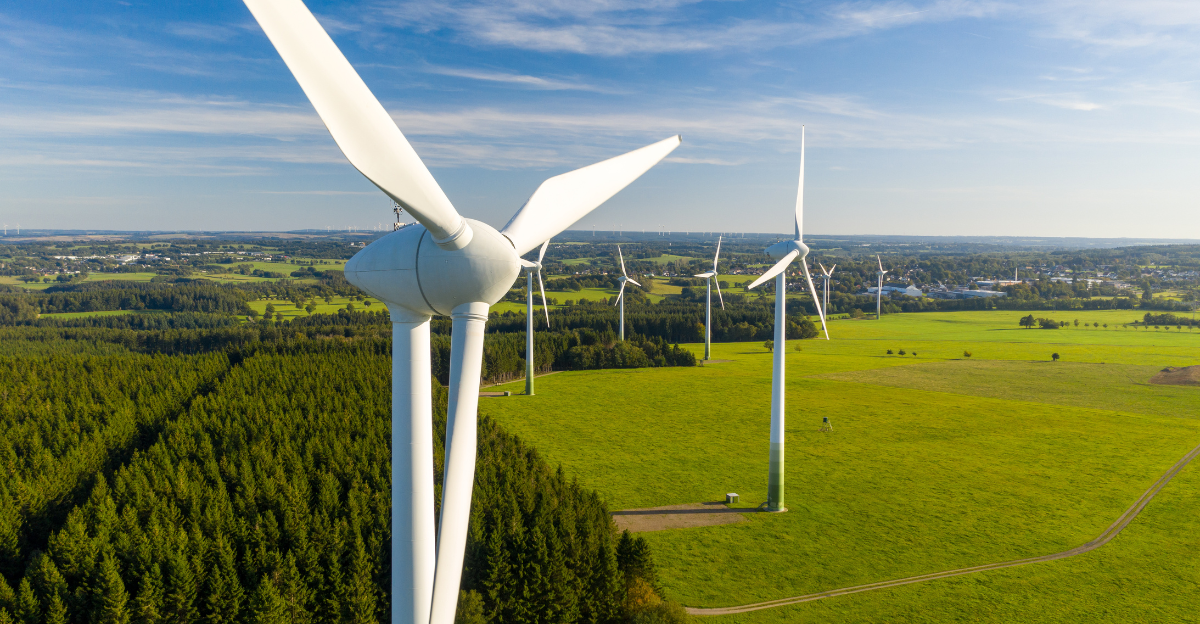
Despite these alarming trends, renewable energy provides a way forward. Global renewable capacity increased by nearly 50% in 2023—adding 510 gigawatts, the fastest growth in two decades. This progress highlights the potential for clean energy solutions to drive decarbonization efforts.
The Cost of Inaction
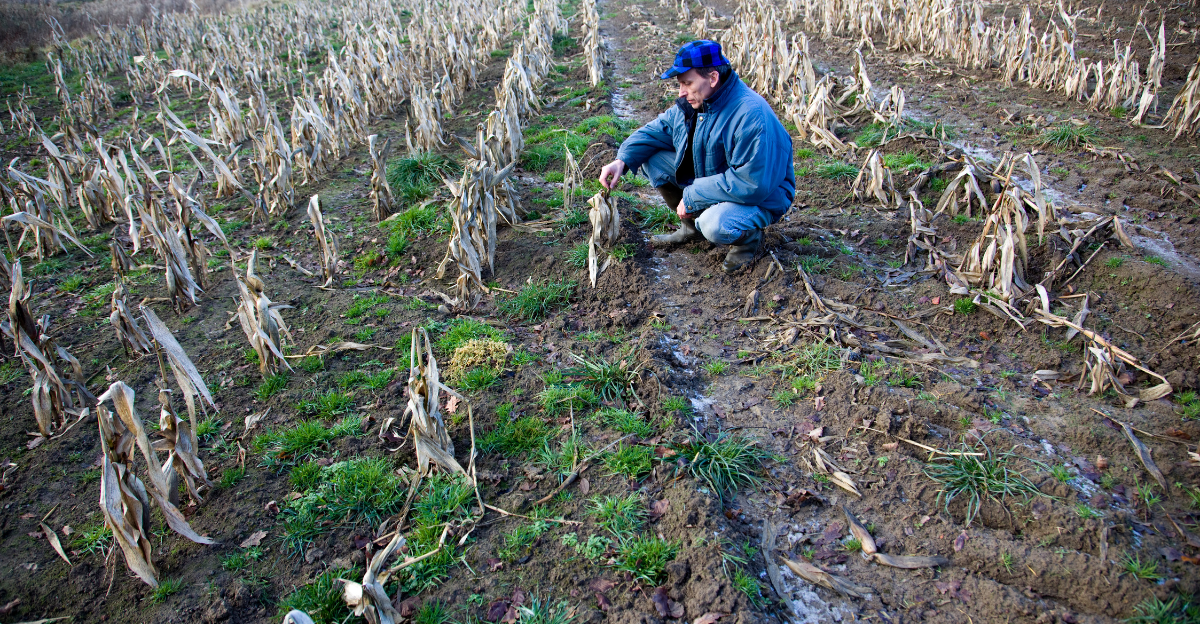
The economic stakes are staggering. While transitioning to a sustainable future will demand significant investment (projected at $9 trillion a year by 2030), the cost of inaction is far greater, at $1.266 trillion between now and 2100. This figure highlights that delaying action is economically unsustainable.
Financing Gaps in Climate Action
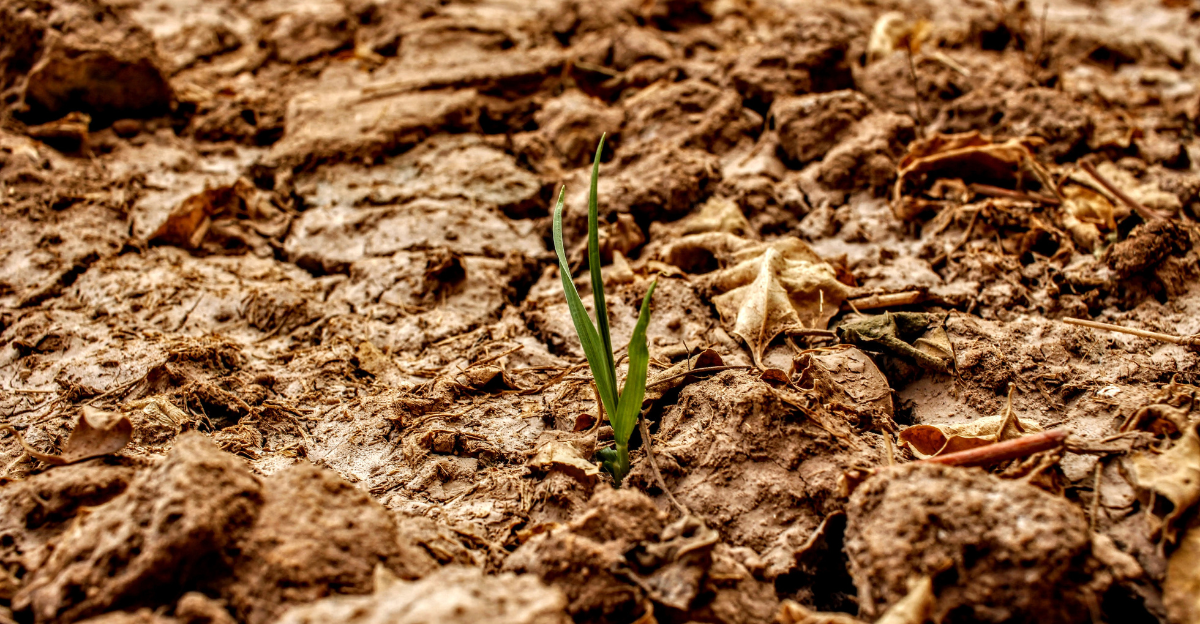
While good progress has been made in renewable energy adoption, there is still a huge financing gap that must be bridged to achieve a 34,7°F pathway. Current climate finance represents a mere 1% of global GDP — far below what we require to avoid catastrophic outcomes.
Socioeconomic Impacts

Climate change challenges sustainable development by increasing inequality and destabilizing economies across the globe. Vulnerable groups such as informal workers or those living in poverty face heightened risk from displacement and health crises related to extreme weather.
Calls for Radical Action

UN Secretary-General António Guterres said at the report’s launch: “Match the speed of climate change with radical climate action.” The findings guided discussions during a ministerial meeting in Copenhagen intended to bolster national commitments as the 2025 deadline approaches.
A Critical Turning Point

The State of the Global Climate report is a wake-up call to humanity to accelerate and strengthen our response to climate change. Although the growth of renewable energy provides hope, today’s carbon footprints are making life expensive in more than just monetary terms. It is crucial that we act now to prevent escalating costs and secure a sustainable future for all life on Earth.
Explore more of our trending stories and hit Follow to keep them coming to your feed!

Don’t miss out on more stories like this! Hit the Follow button at the top of this article to stay updated with the latest news. Share your thoughts in the comments—we’d love to hear from you!







